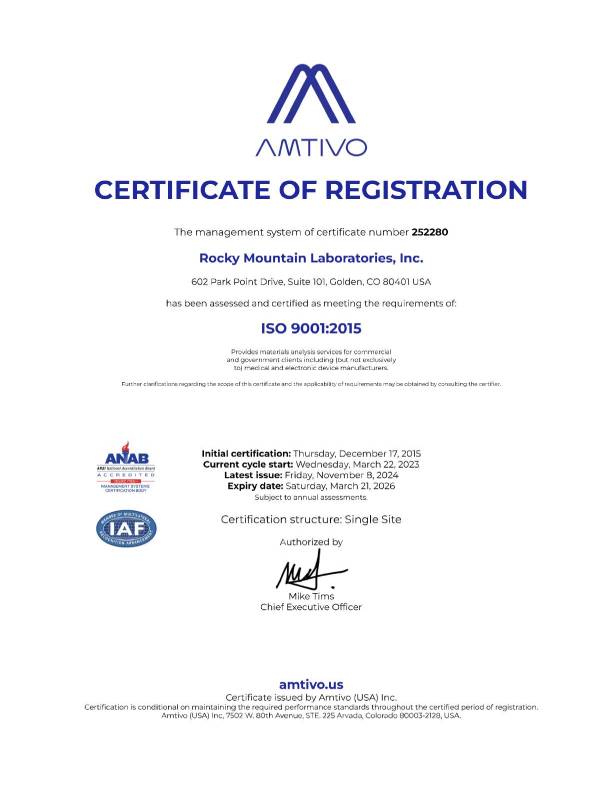In FTIR (Fourier Transform Infrared) spectroscopy, the number of scans and resolution are two key parameters that influence the quality and characteristics of the obtained infrared spectra. Here’s a brief explanation of each and the differences between them:
- Number of Scans:
- Definition: The number of scans refers to the total number of interferograms (individual scans) that are co-added to improve the signal-to-noise ratio in the final spectrum.
- Purpose: Increasing the number of scans enhances the quality of the spectrum by reducing random noise and improving the signal, making it easier to identify and analyze features in the spectrum.
- Trade-off: While increasing the number of scans improves the signal-to-noise ratio, it also increases the time required to acquire the spectrum.
- Resolution:
- Definition: Resolution in FTIR spectroscopy refers to the ability to distinguish between closely spaced peaks in the spectrum. It is commonly expressed as the reciprocal of the instrument’s maximum optical path difference (in cm⁻¹) or the width of the spectral bandpass.
- Purpose: Higher resolution allows for better differentiation of spectral features and is crucial when analyzing complex spectra with overlapping peaks or fine details.
- Trade-off: Higher resolution typically requires longer acquisition times and may result in lower signal-to-noise ratios, especially when a limited number of scans is used.
Differences:
- Number of Scans: Primarily influences the signal-to-noise ratio of the spectrum by co-adding multiple scans. It enhances the reliability and quality of the spectral data.
- Resolution: Affects the ability to distinguish between closely spaced peaks in the spectrum. Higher resolution is beneficial for detailed analysis but may come at the cost of longer acquisition times and potential compromises in signal quality.
Considerations:
- Trade-offs: There is often a trade-off between the number of scans and the time required for data acquisition. Higher resolution may necessitate longer acquisition times, and the optimal balance depends on the specific requirements of the analysis.
- Application: For routine analysis where speed is a priority, a moderate number of scans and resolution may be sufficient. In applications where fine details or peak separation is crucial, higher resolution may be preferred.
In summary, the number of scans and resolution are important parameters in FTIR spectroscopy, and their selection depends on the specific goals of the analysis, the desired level of detail, and the available time for data acquisition. Researchers often need to find a suitable compromise between signal-to-noise ratio, spectral resolution, and the time required for analysis based on the characteristics of the samples and the information they seek.



